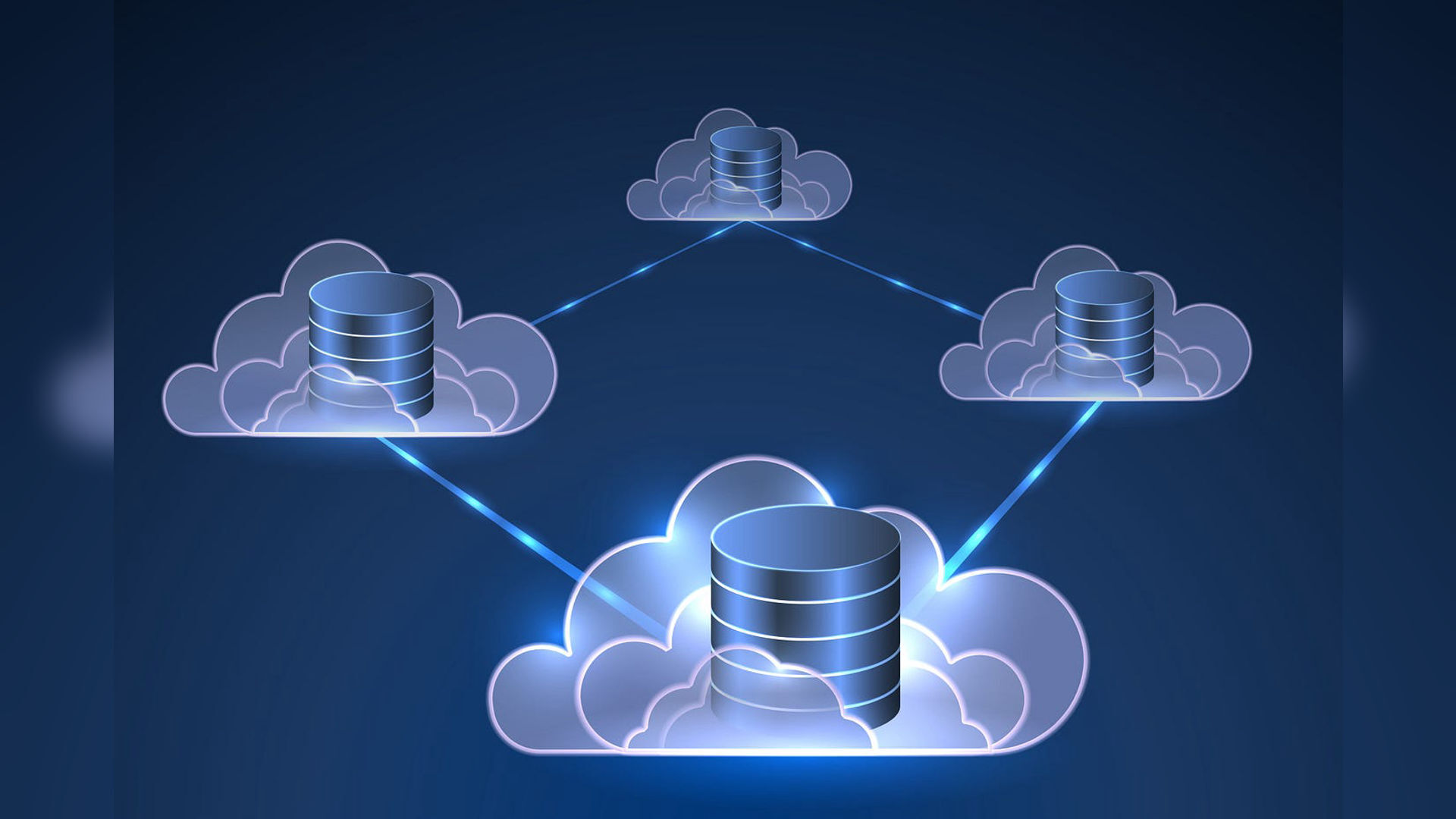In the evolving world of data infrastructure, choosing the right type of database is more crucial than ever. With the rise of AI-powered applications, traditional data systems are being challenged by newer technologies. One debate making waves today is vector databases vs. relational databases two very different approaches to storing and retrieving information. But what sets them apart? And more importantly, which one is right for your use case?
In this article, we’ll break down the six most important differences between vector and relational databases. Whether you’re building an AI-driven product or managing legacy systems, understanding these distinctions can help you make smarter, future-ready decisions.
1. Data Representation: Structured vs. Semantic
The most fundamental difference between vector databases and relational ones lies in how they represent data.
Relational databases store structured data in rows and columns. Everything is neatly formatted perfect for transactional systems like accounting software, CRMs, and inventory management.
Vector databases, on the other hand, store data as mathematical vectors. These vectors represent complex relationships between data points and are ideal for semantic search, recommendation engines, and AI-based content retrieval. For instance, in a vector database, the word “apple” might sit close to “fruit” or even “iPhone” depending on the context a nuance relational databases can’t capture.
2. Query Capabilities: Exact Match vs. Similarity Search
Relational databases are built for exact match queries. Want to find all users with the first name “Jane”? SQL can retrieve that instantly. But what if you want to find users who are similar to Jane based on behaviour, interests, or purchase history?
That’s where vector databases shine. They support similarity search, allowing you to find results based on closeness in meaning rather than exact value. This makes them invaluable in AI search, where users are looking for answers that “feel right” rather than matching a specific keyword.
3. Use Cases: Transactions vs. Intelligence
When deciding between vector databases vs. relational, it’s helpful to consider use cases.
Relational databases are great for:
- Financial records
- Order processing
- Inventory tracking
- They are reliable, fast, and time-tested.
Vector databases, however, are used in:
- Recommendation systems (e.g., Netflix, Amazon)
- Image and facial recognition
- AI chatbots and semantic search
If your application leans toward machine learning, natural language processing, or generative AI, then a vector database might be your best bet.
4. Performance at Scale
Relational databases have been optimised for decades and handle large volumes of structured data efficiently. But performance begins to lag when you attempt similarity-based queries on unstructured or high-dimensional data.
Vector databases are specifically designed to manage high-dimensional vectors, offering efficient indexing techniques like FAISS, HNSW, or Annoy. These allow for lightning-fast retrieval of similar data points—even from datasets with millions of records.
In the age of big data and real-time inference, this performance edge is a game-changer.
5. Schema Flexibility
Another big point in the vector databases vs. relational debate is schema flexibility.
Relational databases require a predefined schema. Every table, field, and relationship needs to be designed ahead of time. This rigidity makes schema changes time-consuming and error-prone.
Vector databases, however, are far more flexible. They can store complex and unstructured data without rigid schemas. This allows for faster iteration, especially in AI development environments where data formats can evolve rapidly.
6. Integration with AI and Machine Learning
Perhaps the most compelling reason to consider vector databases is their seamless integration with AI. Models like OpenAI’s GPT or Google’s BERT generate vector embeddings representations of words, images, or documents. Storing these embeddings in a traditional relational database? Not very efficient.
Vector databases are built to store, index, and search these embeddings with high speed and accuracy. They’re the missing link in any serious AI stack. If your goal is to enable semantic search, contextual recommendations, or AI assistants, a vector database is no longer optional it’s essential.
Final Thoughts: Which One Should You Choose?
The debate of vector databases vs. relational isn’t about which one is better universally—it’s about choosing the right tool for the job.
- For structured, transactional data, relational databases like PostgreSQL or MySQL are still incredibly effective.
- For semantic, unstructured, and high-dimensional data, vector databases like Pinecone, Weaviate, or Milvus offer the speed and intelligence that modern AI applications demand.
In many real-world scenarios, the best solution involves hybrid architectures combining the strengths of both. For instance, using a relational database to manage users and orders, while a vector database handles personalised recommendations.
As AI continues to reshape how we interact with data, understanding these foundational differences will give you a strategic edge. Now that you know the six key differences, you’re better equipped to architect systems that are not only powerful but also future-proof.
Curious to Learn More?
Explore how vector databases power today’s smartest applications here. Or dive deeper into the world of relational databases and their role in enterprise systems here.
